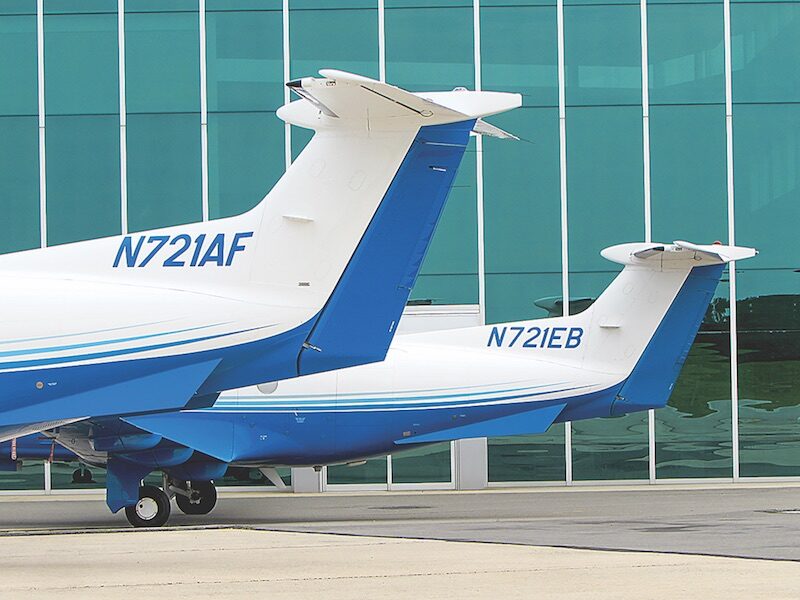
ثبت هواپیما یک فرآیند قانونی است که به هر هواپیما یک کد منحصر به فرد اختصاص میدهد. این کد باید بر روی بدنه هواپیما درج شود و نشاندهنده کشور ثبت هواپیما است، مشابه پلاک خودرو یا ثبت کشتی.
مراحل ثبت هواپیما
- درخواست ثبت: مالک هواپیما باید فرم درخواست ثبت هواپیما را تکمیل و ارسال کند.
- اثبات مالکیت: مدارکی مانند فاکتور فروش که نشاندهنده مالکیت هواپیما باشد، باید ارائه شود.
- پرداخت هزینه: هزینه ثبت هواپیما که معمولاً مبلغی مشخص است، باید پرداخت شود.
مزایای ثبت هواپیما
- شناسایی قانونی: ثبت هواپیما به شناسایی قانونی آن کمک میکند و در صورت بروز مشکلات حقوقی یا حوادث، اطلاعات مالک به راحتی قابل دسترسی است.
- تسهیل در فروش و انتقال مالکیت: ثبت هواپیما فرآیند فروش و انتقال مالکیت را سادهتر میکند.
- افزایش ایمنی: ثبت هواپیما به مقامات هوانوردی کمک میکند تا نظارت بهتری بر ایمنی و نگهداری هواپیماها داشته باشند.
پیشوندهای ثبت نام هواپیما برای هر کشور منحصر به فرد است و به شناسایی هواپیماهای غیرنظامی کمک میکند. در اینجا به برخی از پیشوندهای ثبت نام هواپیما در کشورهای مختلف اشاره میکنم:
- ایران: EP
- ایالات متحده آمریکا: N
- کانادا: C
- بریتانیا: G
- فرانسه: F
- آلمان: D
- استرالیا: VH
- ژاپن: JA
- چین: B
- روسیه: RA
- هند: VT
- برزیل: PP, PR, PT
- آرژانتین: LV
- مصر: SU
- عربستان سعودی: افغانستان: YA
- آلبانی: ZA
- الجزایر: 7T
- آندورا: C3
- آنگولا: D2
- آنتیگوا و باربودا: V2
- آرژانتین: LV
- ارمنستان: EK
- آروبا: P4
- استرالیا: VH
- اتریش: OE
- باهاماس: C6
- بنگلادش: S2
- باربادوس: 8P
- بلاروس: EW
- بلژیک: OO
- بلیز: V3
- بنین: TY
- برمودا: VP-B, VQ-B
- بوتان: A5
- بولیوی: CP
- بوسنی و هرزگوین: T9, E7
- بوتسوآنا: A2
- برزیل: PP, PR, PS, PT, PU
- جزایر ویرجین بریتانیا: VP-L
- برونئی: V8
- بلغارستان: LZ
- بورکینافاسو: XTHZ
- کلمبیا: HK
- کاستاریکا: TI
- کرواسی: 9A
- کوبا: CU
- قبرس: 5B
- جمهوری چک: OK
- دانمارک: OY
- جیبوتی: J2
- دومینیکا: J7
- اکوادور: HC
- السالوادور: YS
- اتیوپی: ET
- فنلاند: OH
- گرجستان: 4L
- یونان: SX
- گرینلند: OY-G
- گواتمالا: TG
- گینه: 3X
- هائیتی: HH
- هنگ کنگ: B-H, B-K
- مجارستان: HA
- ایسلند: TF
- اندونزی: PK
- ایرلند: EI
- اسرائیل: 4X
- ایتالیا: I
- جامائیکا: 6Y
- اردن: JY
- قزاقستان: UP
- کنیا: 5Y
- کره جنوبی: HL
- کویت: 9K
- قرقیزستان: EX
- لبنان: OD
- لیبریا: A8
- لیبی: 5A
- لوکزامبورگ: LX
- ماداگاسکار: 5R
- مالزی: 9M
- مالدیو: 8Q
- مالی: TZ
- مالت: 9H
- مکزیک: XA, XB, XC
- موناکو: 3A
- مغولستان: JU
- مراکش: CN
- موزامبیک: C9
- نامیبیا: V5
- نپال: 9N
- هلند: PH
- نیوزیلند: ZK
- نیجر: 5U
- نیجریه: 5N
- نروژ: LN
- عمان: A4O
- پاکستان: AP
این پیشوندها به همراه یک سری از حروف و اعداد منحصر به فرد، کد ثبت نام کامل هواپیما را تشکیل میدهند.
فهرست پیشوندهای ثبتی هواپیما – ویکیپدیا، دانشنامهٔ آزاد
Wikipedia